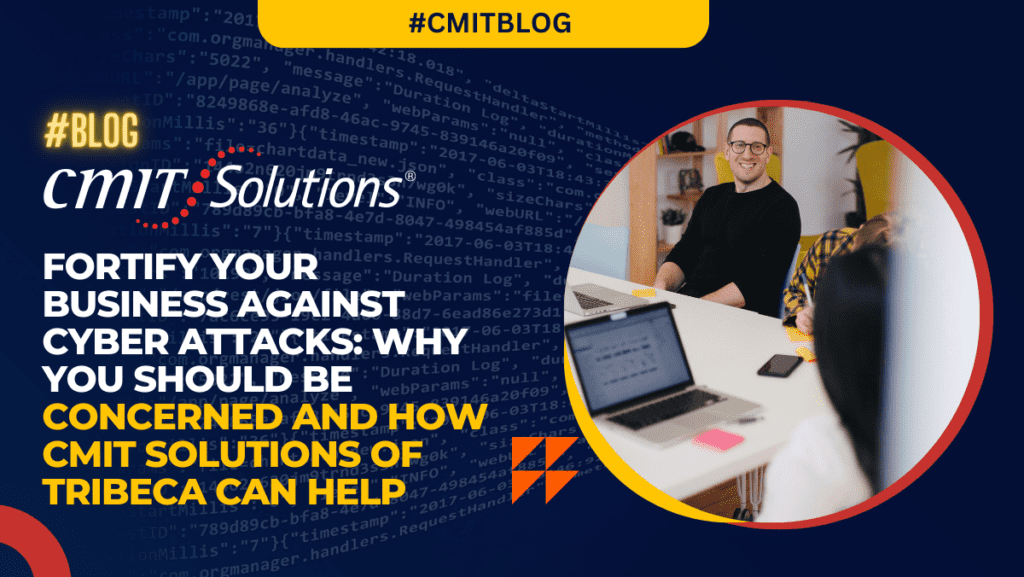Introduction:
In today’s interconnected world, where digital technology plays a central role in our personal and professional lives, cybersecurity has become an essential concern. From smartphones to smart homes and from online banking to social media, we rely heavily on digital tools and platforms. With this increased digital presence, the threat landscape has expanded, making it crucial for individuals and organizations to prioritize cybersecurity. In this blog post, we will delve into the importance of cybersecurity and explore some practical tips to enhance your online safety.
Understanding the Cyber Threat Landscape:
Cyber threats come in various forms, ranging from common malware and phishing attacks to sophisticated hacking attempts by state-sponsored actors. Here’s a brief overview of some prevalent threats:
1.Malware:
Malicious software, or malware, includes viruses, ransomware, Trojans, and spyware, among others. These programs can compromise your data, steal sensitive information, or even lock you out of your own systems.
2. Phishing Attacks:
Phishing is a deceptive tactic where cybercriminals pose as trustworthy entities to trick individuals into revealing personal information or login credentials.
3. Data Breaches:
These incidents involve unauthorized access to sensitive data, such as customer information, financial records, or intellectual property. Data breaches can have severe consequences, including financial losses and reputational damage.
4. Ransomware:
Ransomware attacks encrypt your files or systems, demanding a ransom in exchange for the decryption key. Paying the ransom is not recommended, as it doesn’t guarantee data recovery and encourages further attacks.
5. Insider Threats:
Employees or trusted individuals within an organization can pose a threat by intentionally or unintentionally leaking sensitive data.
The Importance of Cybersecurity:
Cybersecurity is not merely a technical issue; it’s a critical aspect of our daily lives. Here are some reasons why it’s essential:
1. Protection of Personal Information: Your personal and financial data must be safeguarded to prevent identity theft, fraud, and financial losses.
2. Safeguarding Business Assets: For organizations, protecting customer data, intellectual property, and business operations is paramount. A security breach can result in legal consequences and damage to the brand’s reputation.
3. National Security: Cyberattacks on critical infrastructure, government institutions, and national defense systems can have dire consequences for a country’s security and stability.
4. Preserving Trust: Trust is vital in the digital world. Consumers need to trust companies with their data, and businesses need to trust their employees and partners.
Practical Tips for Cybersecurity:
Now that we understand the importance of cybersecurity, let’s explore some practical steps you can take to enhance your online safety:
1. Use Strong Passwords : Create complex passwords for your accounts, and consider using a password manager to keep track of them.
2. Enable Multi-Factor Authentication (MFA): MFA adds an extra layer of security by requiring a second form of verification, such as a fingerprint or a one-time code sent to your phone.
3. Keep Software Updated: Regularly update your operating system, antivirus software, and applications to patch known vulnerabilities.
4. Beware of Phishing Emails: Be cautious when opening email attachments or clicking on links, especially if the source is unfamiliar or the message seems suspicious.
5. Secure Your Wi-Fi: Change default router passwords, use strong encryption (WPA3), and consider hiding your network’s SSID.
6. Regular Backups: Back up your data regularly, and store backups in a secure location. This can help you recover your data in case of a ransomware attack.
7. Employee Training: For businesses, educate employees about cybersecurity best practices and conduct regular training sessions.
strategies and best practices to bolster your defenses against cyber threats:
Regular Security Audits: Conduct regular security audits to identify vulnerabilities in your digital infrastructure. This includes scanning for open ports, checking firewall configurations, and assessing the security of your web applications.
Endpoint Protection: Ensure that all devices connected to your network, including computers, smartphones, and IoT devices, have up-to-date antivirus and antimalware software installed. Regularly scan for threats and remove any malicious software promptly.
Network Security: Implement a robust network security strategy, which includes the use of firewalls, intrusion detection and prevention systems, and regular network monitoring. Segment your network to limit lateral movement for potential attackers.
Incident Response Plan: Develop and regularly update an incident response plan. This plan should outline the steps to take in the event of a security breach, including how to mitigate the damage, notify stakeholders, and recover lost data.
Employee Awareness: Educate your employees about cybersecurity best practices. Human error is often the weakest link in security, so make sure your staff is aware of phishing tactics and social engineering schemes.
Secure Remote Work: With the rise of remote work, it’s crucial to secure remote access to your organization’s systems. Use virtual private networks (VPNs), encrypted communication tools, and ensure employees follow secure practices when working from home.
Patch Management: Stay on top of software updates and patches. Cybercriminals often exploit known vulnerabilities, so timely updates can prevent many attacks.
Encryption: Encrypt sensitive data both in transit and at rest. This ensures that even if data is intercepted or stolen, it remains unreadable without the decryption key.
Backup and Recovery: Regularly back up critical data and systems. Store backups offline or in a separate, secure location to prevent them from being compromised in a cyberattack. Test your backup and recovery processes to ensure they work as expected.
Security Frameworks and Compliance: Depending on your industry, you may be subject to specific cybersecurity regulations and standards. Familiarize yourself with these requirements and ensure compliance.
Continuous Monitoring: Implement continuous monitoring systems that can detect and respond to threats in real-time. This proactive approach can help mitigate potential damage before it spreads.
Collaboration and Information Sharing: Stay informed about the latest threats and security trends by collaborating with industry peers and participating in information-sharing networks.
Hire Cybersecurity Experts: For larger organizations, consider hiring dedicated cybersecurity professionals or working with external cybersecurity firms. These experts can provide specialized knowledge and skills to bolster your defenses.
Conclusion:
As we navigate the digital age, cybersecurity must be at the forefront of our concerns. By understanding the cyber threat landscape and implementing practical security measures, we can better protect ourselves and our organizations from the ever-evolving world of cyber threats. Remember, in the realm of cybersecurity, prevention is often the best defense. Stay vigilant, stay informed, and stay secure. Your digital fortress depends on it.





